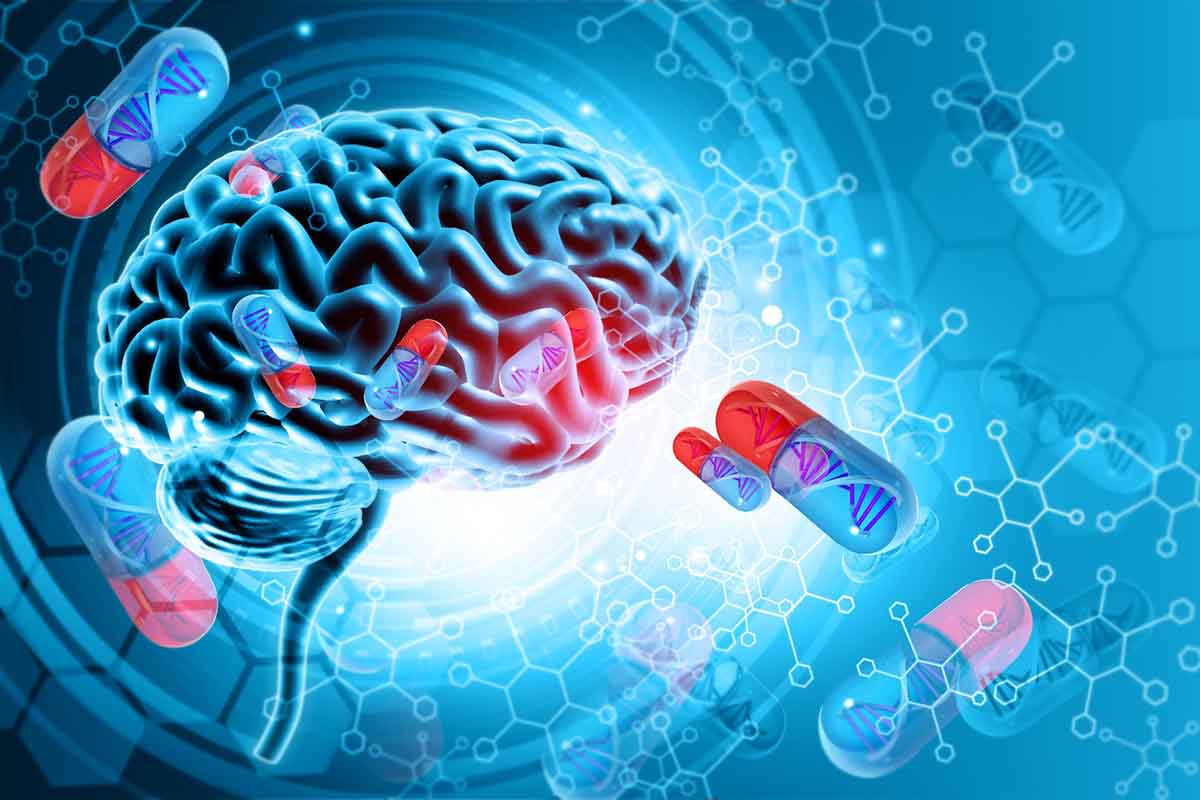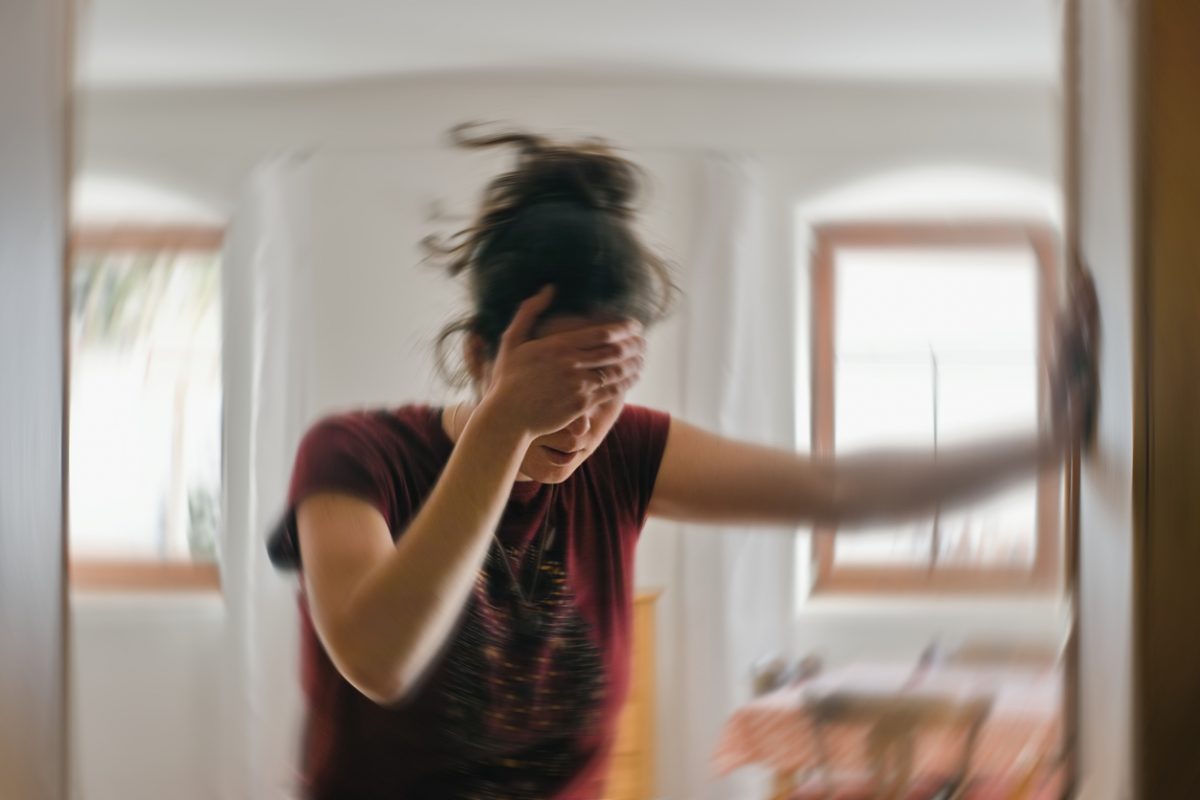Background: Blepharospasm, the forcible closure of eyelids, is an infrequent consequence of neuroleptic treatment that, when severe, can interfere with the ability to walk, drive, or work. Like tardive dyskinesia, blepharospasm can be disfiguring and aesthetically distressing, contributing to the increased stigmatization of patients.
Case Reports: We report 4 patients with DSM-IV schizoaffective disorder, paranoid schizophrenia, or chronic undifferentiated schizophrenia who developed neuroleptic-induced blepharospasm. In all patients, blepharospasm remitted without the reemergence of psychosis within 3 to 5 months of treatment with clozapine, 100-200 mg/day.
Conclusion: The results suggest that clozapine may successfully treat neuroleptic-induced blepharospasm without the reemergence of psychosis in patients with schizophrenia, schizoaffective disorder, or schizophreniform disorder.
Please sign in or purchase this PDF for $40.00.




